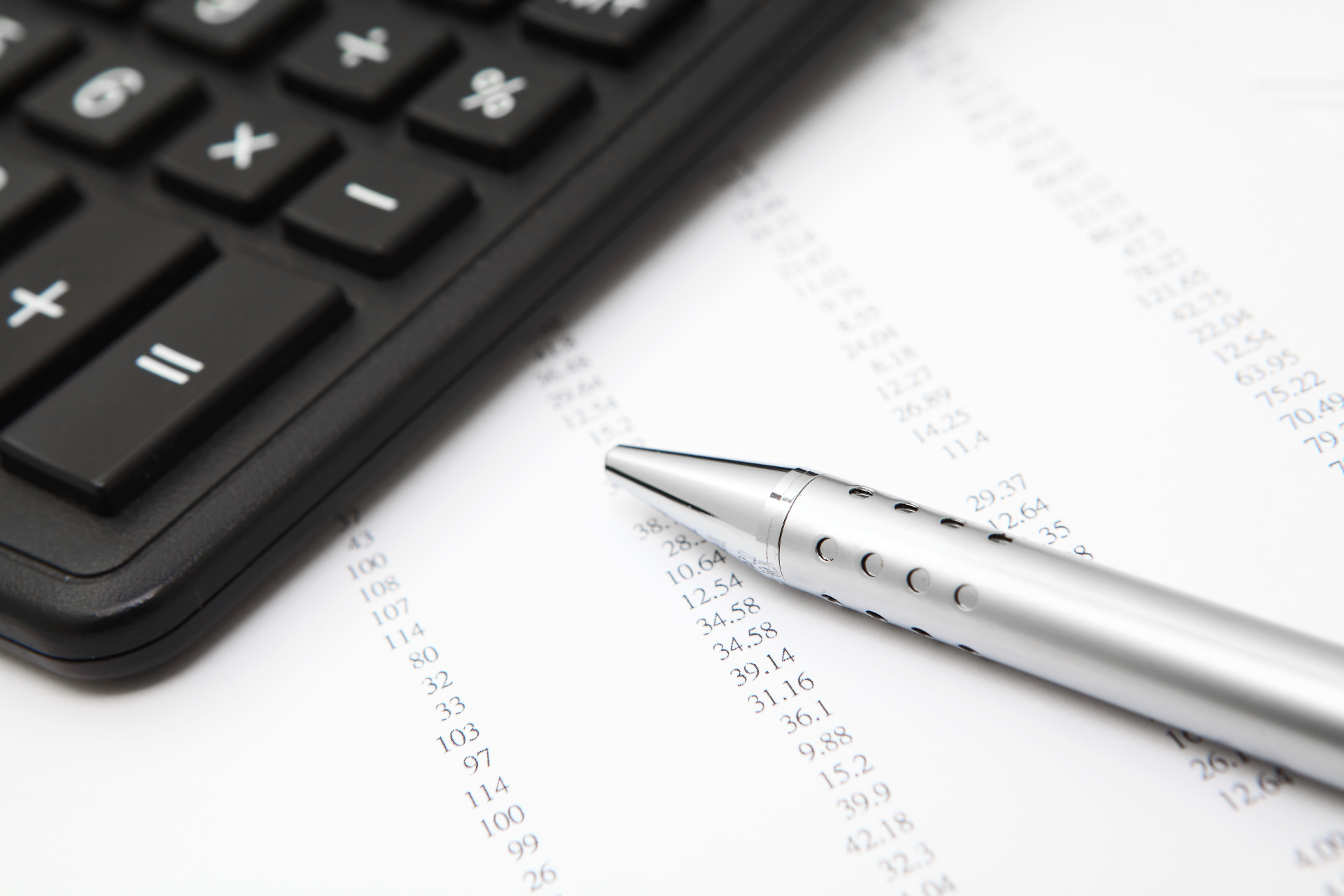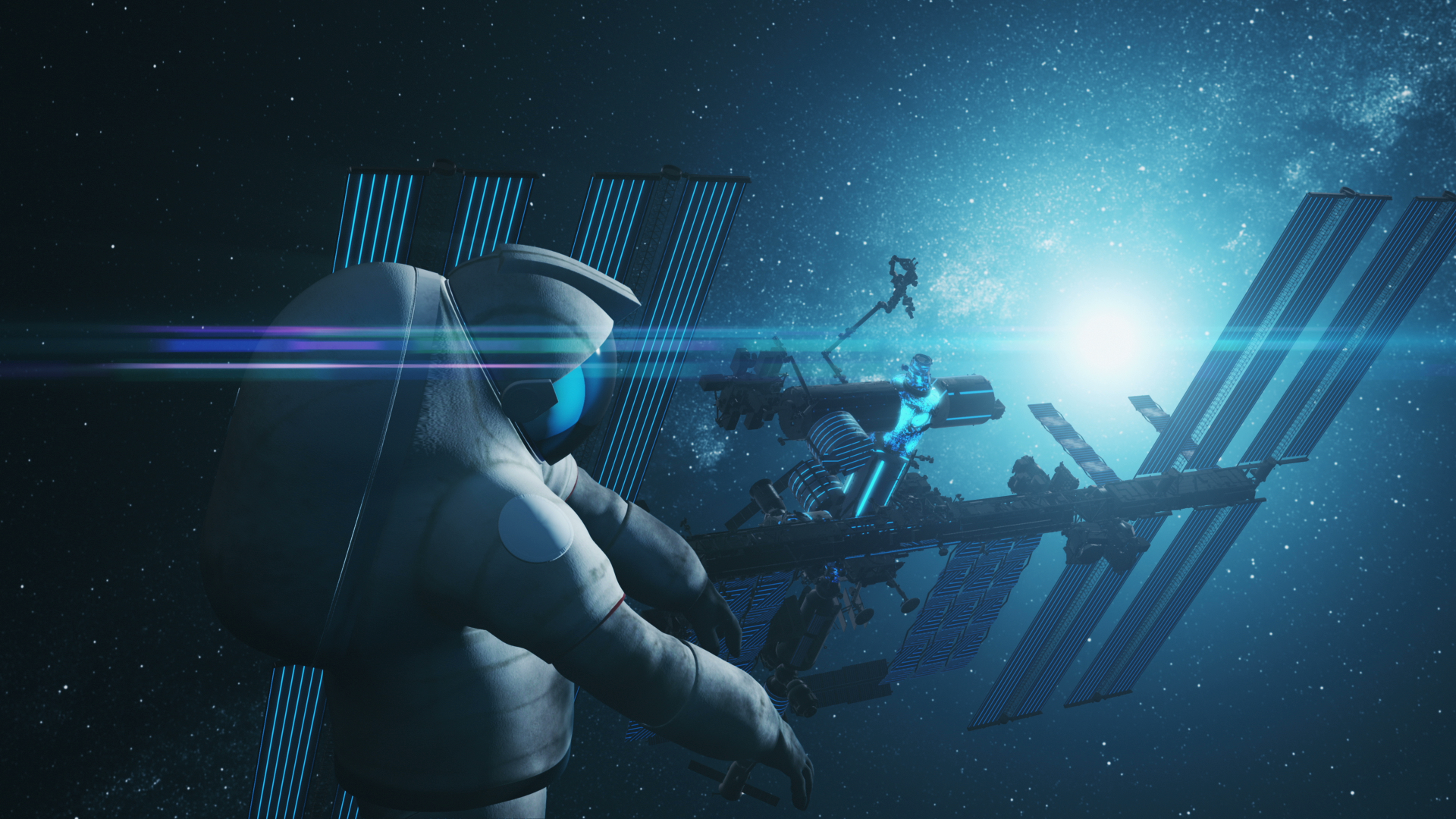ISS Daily Summary Report – 4/12/2023
Payloads: Cold Atom Lab (CAL): The crew used a Grab Sample Container (GSC) to sample the air around the CAL experiment hardware. The GSC will be returned to the ground for analysis of the sample. CAL produces clouds of atoms that are chilled to about one ten billionth of a degree above absolute zero — …

Cold Atom Lab (CAL): The crew used a Grab Sample Container (GSC) to sample the air around the CAL experiment hardware. The GSC will be returned to the ground for analysis of the sample. CAL produces clouds of atoms that are chilled to about one ten billionth of a degree above absolute zero — much colder than the average temperature of deep space. At these low temperatures, atoms have almost no motion, allowing scientists to study fundamental behaviors and quantum characteristics that are difficult or impossible to probe at higher temperatures. In microgravity, researchers may be able to achieve even colder temperatures than what is possible on the ground and observe these cold atom clouds for longer periods of time.
Human Research Facility (HRF) Veggie Profile of Mood States (POMS): A POMS short form questionnaire was completed using the Data Collection Tool (DCT). The Pick-and-Eat Salad-Crop Productivity, Nutritional Value, and Acceptability to Supplement the ISS Food System investigation is a phased research project that includes Veg-04A, Veg-04B, Veg-05, and HRF Veg including HRF Veggie POMS questionnaires. This work addresses the need for a system to produce healthy, fresh food on future long-duration exploration missions to supplement the standard pre-packaged astronaut diet. HRF Veg uses psychological surveys and crew evaluations of the flavor and appeal of plants grown for other investigations on the ISS to focus on the overall behavioral health benefits to crew members of having various plants and fresh food in space.
Manufacturing Device (ManD): Following the removal and inspection of the extruder yesterday, it was observed that the feedstock raw print material was not feeding into the extruder nominally. Today, an extruder will be reinstalled and ground-commanded printing steps will be adjusted to mitigate any issues. The Additive Manufacturing Facility (AMF) enables the production of components on the ISS for both NASA and commercial objectives. Parts, entire experiments, and tools can be created on demand utilizing the AMF that is installed into an EXPRESS Rack locker location. The AMF is capable of producing parts out of a wide variety of thermo-polymers including engineered plastics.
Rhodium DARPA Biomanufacturing-01: The crew removed the processed science chambers from the Variable Gravity Simulator (VGS) and stowed the experiment hardware. This marks the completion of the fourth and final set of samples. Efficient and Resilient Biomanufacturing in Variable Gravity (Rhodium DARPA Biomanufacturing-01) characterizes the effect of different levels of gravity on the production of therapeutics and nutraceuticals from bacteria and yeast. Prior spaceflight studies show that microgravity causes changes in microbe cell growth, cell morphology, and metabolic activity that affect biomanufacturing performance. Results could inform strategies to improve biomanufacturing in space and provide for humans on future missions.
Sally Ride Earth Knowledge Acquired by Middle Schools (EarthKAM) Mission 83: The crew exchanged the currently installed 50 mm camera lens for an 85 mm camera lens. This activity is typically performed about halfway through an EarthKAM mission to give the students different options for their targets. Currently more than 9300 students from 22 countries are participating. EarthKAM allows thousands of students to photograph and examine Earth from a space crew’s perspective. Using the Internet, the students control a special digital camera mounted on-board the ISS. This enables them to photograph the Earth’s coastlines, mountain ranges and other geographic items of interest from the unique vantage point of space. The EarthKAM team then posts these photographs on the Internet for viewing by the public and participating classrooms around the world.
Systems:
Hatch Seal Inspections: The crew cleaned and inspected the USOS Hatch Seals and the Hatch Plate Sealing Surface of any Foreign Object Debris (FOD), nicks, burrs, cuts or gouges that would impair a proper seal. Additionally, the crew inspected the Crank Handle Mechanism, the Hatch Seal Interlocking Joints, and the PMM Hatch Kicker Pins. Once cleaning and inspection activities were completed, the crew photographed any new damage that was seen for the ground team to review. The inspections are performed as part of periodic maintenance to ensure the safety of both the crew and ISS.
Temperature and Humidity Control (THC) Intermodule Ventilation (IMV) Flow Measurement Survey of PMA 2: To support monitoring the health of the ISS IMV system, the crew used the Velocicalc tool to take Velocicalc measurements of PMA 2 ventilation inlets and outlets. In addition to flow rate measurements, inspections of Node 2 forward were performed. IMV refers to the air circulation between modules. The system consists primarily of several valves, fans, and air ducts that circulate air between modules to air revitalization equipment so that excessive moisture, heat, particulates, metabolic products, and contaminant can be removed from the atmosphere. This allows for a homogenous conditioned atmospheric composition to be maintained throughout the ISS and allow smoke detection to be performed.
Cargo Dragon Lithium Hydroxide (LiOH) Swap: In preparation of the SpaceX-27 (SpX-27) Cargo Dragon undock on April 15th, the crew performed a changeout of the LiOH Cartridge inside the vehicle. Lithium hydroxide is used in a complex system to scrub CO2 out of the atmosphere.
Treadmill 2 (T2) USB to GigE Adapter Remove and Replace (R&R): On GMT 95, it was reported that the Command Logic Unit (CLU) on T2 failed to connect. As part of the ongoing troubleshooting and recovery steps, the crew performed an R&R of the GigE Adapter on T2. T2 is the second-generation ISS treadmill intended for use by USOS crewmembers to maintain crew health during extended visits to the ISS.
Completed Task List Activities:
- Surface Pro 5 – USB – Stow
- Airlock PCS Boot
- Russian Food Transfer
Today’s Ground Activities:
All activities are complete unless otherwise noted.
- PRO LSG Commanding
- Crew Dragon System Checkout
- Update Firmware on The Switches At JSC and Kaliber
- WSC Splunk System GRS and STGT EDISN MMR Installations NAM 5982
Look Ahead Plan
Thursday, April 13 (GMT 103)
Payloads:
- Engineered Heart Tissue-2
- Food Physiology
- POLAR CS Transfers
- Standard Measures
- Tangolab-3 Card Cube Remove
Systems:
- Cargo Dragon – Transfer Cargo Operations
- WHC Manual Fill/Terminate
- Installation of EHIP, LREBA, and NECA/ERCA on Orlan-MKS
- Monitor Cargo Dragon DTF Test
- USOS Window Shutter Close
Friday, April 14 (GMT 104)
Payloads:
- ADSEP/BFF Cassette Remove
- Cold Stowage DCB Packing
- EarthKAM Session Conclude
- Engineered Heart Tissue-2
- Food Physiology
- Ice Cubes Exchange
- PAUL h/w Remove
- POLAR CS Transfers and Desiccant Swap
- Standard Measures
Systems:
- JAXA T61P Laptops Battery Removal
- Swap SSC 20 and 12 Swap
- Cargo Dragon – Transfer Cargo Operations
Saturday, April 15 (GMT 105)
Payloads:
- CS Pack For Return
- Food Physiology
- MERLIN Sample Transfers
- Standard Measures
Systems:
- DCB Transfer to Dragon
- Docking Dragon Monitoring Tools Setup
- Dragon Egress in Preparation for Departure
- USOS Window Shutter Close
- Dragon SSC Return
Today’s Planned Activities:
All activities are complete unless otherwise noted.
- HRF Generic Collection
- HRF Generic MELFI Sample Retrieval and Insertion Operations
- Standard Measures Body Sampling Survey, Collection, and Stow
- JEM System Laptop Terminal (SLT) Deactivation and Activation
- Kubik 5 and 6 Deinstallation
- Virtual ATU Configure JEM
- LSG Front Glove Swap
- Photo T/V (P/TV) Advanced Resistive Exercise Device (ARED) Exercise Video Setup and Stow
- Cold Atom Lab Grab Sample Container Sampling Operations
- Manufacturing Device Extruder Install
- T2 USB to GigE Adapter R&R
- Environmental Health System (EHS) Total Organic Carbon Analyzer (TOCA) Water Recovery System (WRS) Sample Analysis and Sample Data Record
- Hatch Seal Inspection
- EHS AQM Vent Vacuum
- Rhodium DARPA Biomanufacturing-01 Rhodium Science Chambers 0004 & 0006 Remove from VGS
- Rhodium DARPA Biomanufacturing-01 Iceberg Sample Insert and VGS Teardown
- THC IMV Flow Measurement Survey of PMA 2
- Public Affairs Office (PAO) Event – Lab
- Cargo Dragon LiOH Swap
- Review Crew Big Picture Words for SpX-27 Dedicated Thruster Firing Test (DTFT)
- HRF Operations Profile of Mood States Short Form Questionnaire





































